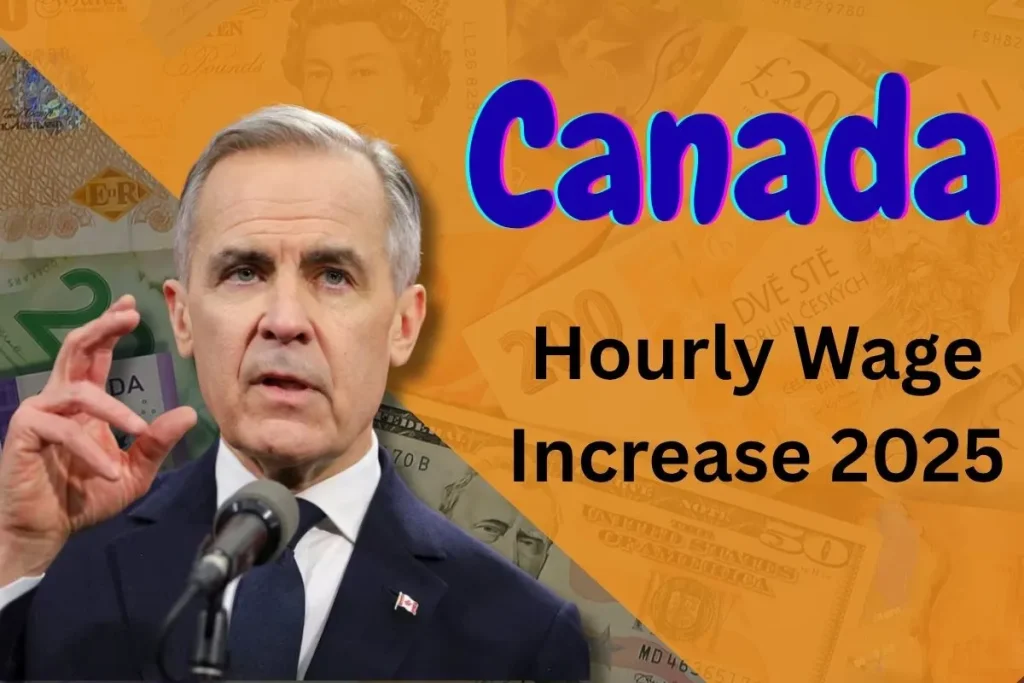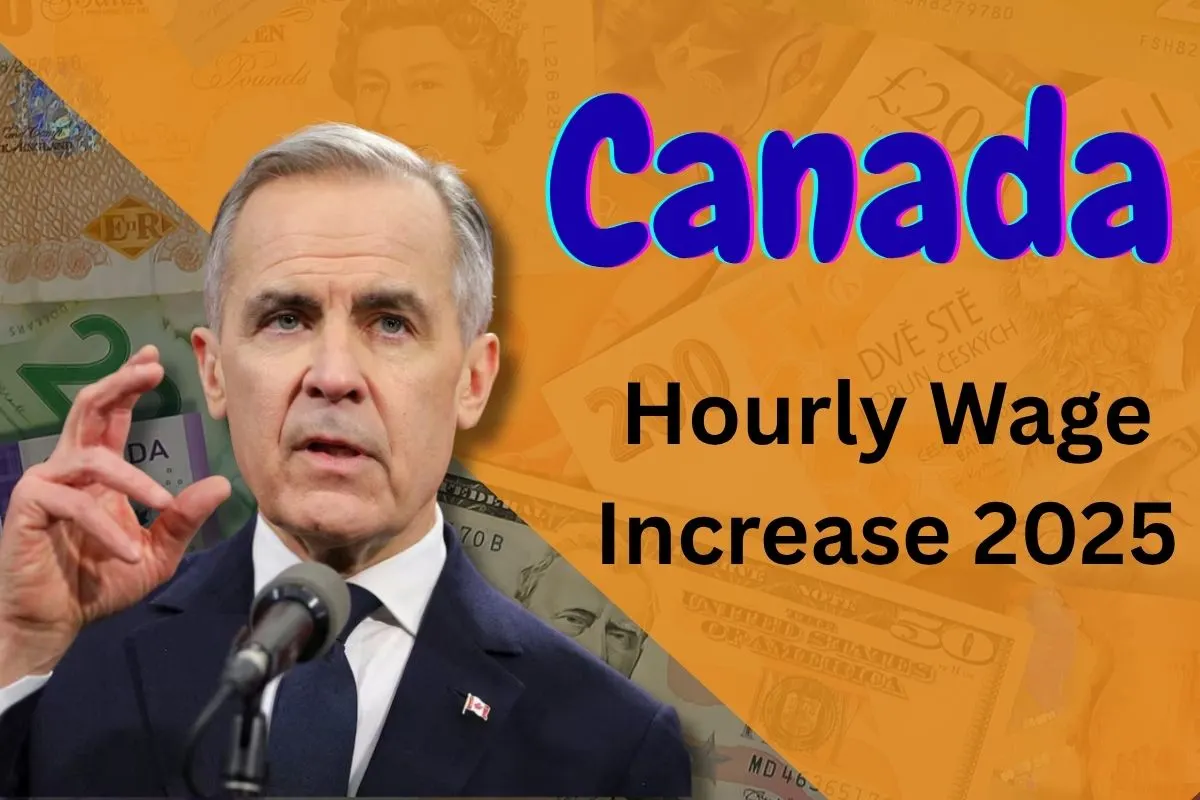The hourly wage structure in Canada has undergone significant changes since 2025. Many provinces have been making strategic adjustments to counter the rising cost of living and pressures on inflation. These changes are a broad effort to ensure that workers across the country are able to maintain their purchasing power despite economic hardships. Provincial and federal authorities in the United States have collaborated on these changes, and created an environment that balances worker protection and business sustainability.
From coast to coast Canadian workers are witnessing some of the most significant wage adjustments in recent times and rates are varying dramatically across different regions. The changes impact millions of workers across various sectors, from hospitality and retail to federal sectors like telecommunications and banking. Understanding the changes is essential for both workers and employers when they are navigating the ever-changing job market. This wage adjustment is a part of the larger economic policies aimed towards reducing inequality in income and assisting vulnerable workers across Canada.
Canada Hourly Wage Increase 2025
The federal minimum wage was increased from $17.75 per hour as of April 1st, 2025. This is an increase of 2.4 percentage increase, which is aligned to the Consumer Price Index. This rate is applicable to federally regulated sectors, such as banks, telecommunications, transportation between provinces, as well as aviation. Federal wage adjustments is based on an annual formula which considers inflation rates as well as economic indicators to preserve the ability of employees to purchase in federal jurisdictions.
The employees covered under the Canada Labour Code benefit from this standard approach, which ensures the same level of protection for wages throughout federal industries. This increase impacts thousands of workers employed in vital industries which operate across provincial boundaries which provides them with increased financial security.
The minimum wages for Canada 2025 Overview
| Organization | Federal & Provincial Labor Authorities |
| Managed By | Government of Canada |
| Program Name | Minimum Wage Increase 2025 |
| Current Minimum Wages | Ontario $16.55, Alberta $15.00, Quebec $15.75 |
| Effective Date | From October 2025 |
| Beneficiaries | Students, hourly workers or those earning low-income |
| Official Website | https://www.canada.ca/ |

Canada Hourly Wage Major Provincial Updates
Ontario’s Comprehensive Adjustments
Ontario has introduced multiple wage categories beginning on the 1st of October 2025. This year, the general minimum wage averaging $17.60 an hour. This is an increase from $17.20. Students aged 18 or less working for less than 28 hours per week are paid $16.60 an hour whereas those who work for themselves earn $19.35 an hour. The province also lowered rates for fishing and hunting guides, showing a more nuanced approach to various employment categories. These increases show Ontario’s dedication to supporting workers and taking into account different job opportunities and requirements of the industry.
Nova Scotia’s Dual Increase Strategy
Nova Scotia implemented a unique strategy in 2025 that is two-phase, which saw rates rise up to $15.70 in April, and then to $16.50 on the 1st of October. This approach is Nova Scotia’s most robust wage adjustment, providing workers with significant relief from the increasing cost of living. The increase in October marks Nova Scotia’s second increase in the minimum wage in 2025, showing its that the province is able to adapt its policymaking to economic demands.
Maritime Province Coordination
Prince Edward Island raised its minimum wage to $16.50 on October 1, 2025 with plans to raise it to $17.00 on April 1st, 2026. Manitoba’s minimum wage went up to $16.00 which is in line with the provincial annual inflation rates of 1.1 percent, which is rounded up to the nearest increment of five cents. Saskatchewan has lowered the rate up to $15.35 while balancing the protection of workers and sustainability issues for businesses.
Canada Hourly Wage Special Categories and Eligibility
Student and Special Worker Rates
Different provinces have different rates for different categories of workers. Ontario offers reduced rates to students aged under 18, whereas Alberta has a separate price of $13.00 for those who are under 18. Quebec has a dual system that offers standard rates of $16.10 and a reduced rate of $12.90 for employees who are tipped. British Columbia introduced specialized rates for gig workers, which are $20.88 per hour. This is a reflection of the significance of the digital economy.
Eligibility Requirements
Minimum wage eligibility is available to full-time, part-time and casual workers regardless of their method of payment such as salary, hourly commission, or piece rate. Employers in federally controlled sectors are required to pay either the federal minimum wage or provincial rate, whichever is greater. International workers and immigrants are covered by the same protections for wage earners that are applicable to Canadian citizens, guaranteeing equality across the workforce.
Economic Impact and Regional Variations
The rise in wages has created significant regional differences in the region, with Nunavut having the highest wage of $19.75 per hour, whereas Alberta is unchanged at $15.00. These differences reflect the different economic circumstances in terms of living costs, as well as the priorities of different provinces. The increase is expected to pump billions of dollars in local economy, specifically helping low-income workers who normally invest their money locally. For employees who work full time this Ontario increase alone will provide approximately $835 in extra income per year.
Business and Employment Considerations
Employers are required to update their payroll systems and ensure that they are in compliance with the new rates before the dates of their respective dates of their effective date. The gradual implementation across provinces demands firms operating in different jurisdictions to oversee complicated wage structures. Smaller companies face a particular challenge when it comes to absorbing the increased costs of labor and larger employers typically exhibit greater ability to adapt. The increase in costs could impact hiring patterns and strategies across the affected industries.
The increases in the minimum wage for Canada’s 2025 are the largest wage increases in recent times, impacting millions of people across 10 provincial and territorial jurisdictions. The unified approach of provincial and federal governments is a sign of the willingness to support workers in the face of increasing costs of living and pressures on inflation. While regional variations remain in response to economic circumstances and policies however, the general trend towards increased wages is a sign of that workers are aware of their financial difficulties. The increases, which range from small adjustments in Manitoba to major increases within Nova Scotia, provide enhanced security for workers from a variety of industries.
Frequently Asked Questions
Q. Which province pays the most standard of minimum wages in Canada in the year 2025?
Nunavut maintains the highest minimum wage of $19.75 per hour as of 1 September 2025. then British Columbia at $17.85 and Yukon at $17.94.
Q. Does the new rate apply to international workers as well as students?
Yes the minimum wage rates are applicable to all workers, regardless the status of their citizenship, such as temporary and international workers, which ensures an equal protection of wages throughout the workforce.
Q. Why didn’t Alberta raise its minimum wage to 2025?
Alberta is the only province that has maintained it’s $15.00 per hour wage through 2025, which makes it among the lowest minimum wage levels in Canada despite the economic challenges.
















